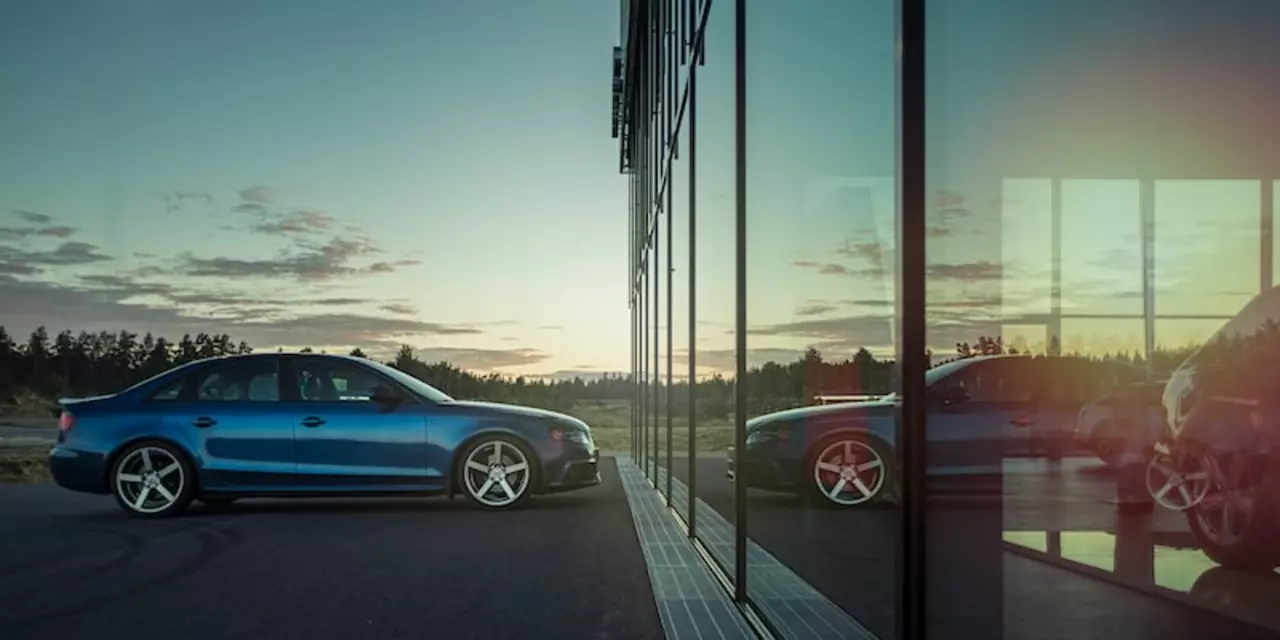Automotive Awards and Recognition: Why They Count
If you love cars, you’ve probably noticed the buzz around awards like Car of the Year, Engine of the Year, or safety accolades. Those trophies aren’t just shiny objects on a shelf – they shape buying decisions, boost brand image, and even affect a manufacturer’s bottom line. In this guide we’ll break down the different kinds of awards, what they mean for carmakers, and why the real prize might be something you don’t see on the podium.
Types of Awards That Shape the Industry
First off, there are three main buckets of recognition. The first is performance‑focused awards – think about power, handling, or lap times. Drivers and enthusiasts love these because they showcase engineering excellence. The second group is safety and technology awards. A high safety rating can sway a family buyer faster than any ad campaign. The third bucket is market‑driven accolades such as “Best Sales Growth” or “Most Loyal Customers.” Those numbers matter to investors and to the people who run the show at the factory.
Each award carries its own audience. A speed‑enthusiast cares about lap records, while a parent cares about crash test scores. As a result, manufacturers chase multiple trophies in a single year to cover all bases. The media love to hype the winners, and the hype feeds into dealer showrooms, online listings, and social feeds.
What Carmakers Value More: Loyalty or Market Share?
Our recent post asked the question, “Which is considered a bigger prize for a carmaker?” The short answer is that customer loyalty beats a quick jump in market share for long‑term health. Loyalty means repeat purchases, lower marketing costs, and a steady stream of word‑of‑mouth referrals. Market share can look impressive on a quarterly report, but it often reflects a temporary surge – maybe a new model launch or a discount campaign – and doesn’t guarantee future sales.
Think about it this way: if you buy a car because it won an award, you might stick with that brand for years if the experience lives up to the hype. On the other hand, a spike in sales from a flash discount can disappear as soon as the promotion ends. That’s why many manufacturers celebrate awards that highlight reliability and owner satisfaction – they’re directly linked to loyalty.
So, when you hear a brand boast about “the biggest market share,” ask yourself: how many of those buyers are likely to return for the next model? The answer often points back to awards that showcase long‑term quality, like “Best Owner Satisfaction” or “Most Trusted Brand.” Those trophies tend to attract repeat customers, turning a short‑term win into a lasting advantage.
In practice, smart carmakers balance both sides. They use performance awards to draw new eyes, safety awards to seal the deal with cautious buyers, and loyalty awards to keep the audience coming back. The sweet spot is a portfolio of recognitions that tells a consistent story – “We build fast, safe, and dependable cars that people love to own.”
If you’re following the automotive world, keep an eye on the award categories that matter to you. Do you care more about speed, safety, or how the car holds its value? The awards that align with those priorities will guide you to the brands that actually deliver on the promises they’re flaunting.
Bottom line: awards matter, but the real prize for a carmaker isn’t a trophy on a shelf – it’s a loyal customer base that keeps coming back. Whether you’re a fan, a buyer, or a budding racer, understanding this dynamic helps you see past the flash and focus on what truly drives the industry forward.
Which is considered a bigger prize for a carmaker?
The article discusses the relative merits of customer loyalty and market share when it comes to the success of a carmaker. It is argued that customer loyalty is the more important of the two, as it leads to longer-term profits and helps a carmaker sustain success over the long term. Market share, on the other hand, may be a sign of success in the short term, but it does not guarantee long-term success. Ultimately, customer loyalty should be the focus for a carmaker, as it is a more reliable indicator of success.
